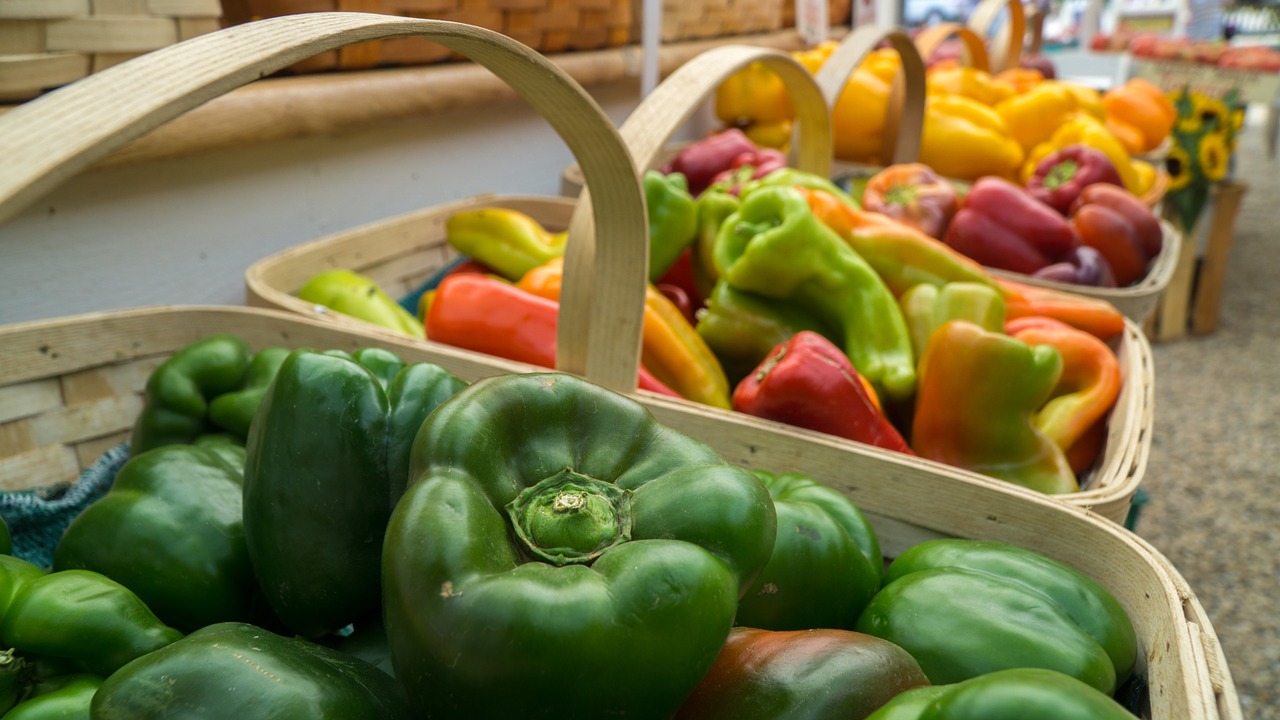Passion for farmers markets is booming! More than just a sign of summer, or a fun outing, farmers markets have become a destination for fresh produce, great local food and crafts, and even some of the weekly family groceries. A few tents just on the edge of town have now migrated to take up a few blocks in the city center. Truly the farmers market is a welcome movement in revitalizing local culture around the nation.
But it’s not your father’s (or mother’s) farmers market anymore. Less for hippies and more for hipsters, while also attracting health-conscious, shop-local, Where’s-the-craft-beer? fans, farmers markets are now helping launch new restaurants from single-tent purveyors as devoted weekly buyers turn into all-year diners. They’re also accessible in our increasingly cashless society, as many vendors accept credit cards and even contact-free solutions like Apple Pay. And the value of fresh local produce are even recognized by the USDA, which has provided a way for vendors to accept payments from customers receiving Supplemental Nutrition Assistance Program (SNAP) benefits, among other programs.
So as you grow your food business as a vendor at local Farmers Markets, how do you stand out in an increasingly crowded space?
Label your goods well
Today’s consumers are used to quality in all their shopping, and while the farmers market may seem more “basic,” high quality products packaged with high quality labels make a statement. Whatever condition your product labeling is in, it does say something about your brand, and you want that to be consistent with your brand, not working against you. Remember that labels need to hold up to sun, heat, a passing shower… and even your buyer sneaking a taste before taking the rest home. Your product may even be a gift, so you want your branding to survive all the way to the person who will enjoy eating your food—so they can seek you out to buy more! Basic inkjet home-printed labels can’t handle all that, and black laser is a little basic. Do right by your brand by showing it off, and let your labels work for you.
Follow FDA nutrition label standards—even if you’re not required to (yet)
Grocery consumers are increasingly accustomed to seeing full nutrition facts on all the food they buy. So while it’s likely that you are not required to carry the same FDA nutrition labeling as large food producers, it’s to your advantage to provide as much information as possible. Your consumers will appreciate it, and it will add significant credibility to your business. Plus, who knows if one day the FDA will require full labeling on all food sold in the US?
Seek USDA organic certification
Do your food goods only contain organic ingredients? Consider seeking USDA organic certification to encourage organic-seeking buyers to choose you over the next booth. Another standard to consider is Non-GMO verification, demonstrating that your products and ingredients contain no genetically modified organisms. Both organic and non-GMO status are appealing to farmers market buyers, with strong and growing demand for both.
Use available technology tools
Make the most of the tools available for a great onsite shopping experience as well as a solid ongoing connection with buyers even when they’re not shopping at the farmers market.
- Credit card payment processing (including accepting federal nutrition program payments)
- A company website where customers can learn more about you and find you at various local farmers markets
- An active social media presence to stay connected with your buyers both during the farmers market season and in the off-season
The opportunity to build a customer base, and even a community, around your food brand at the farmers market has never been greater. Have a productive season at the market!

